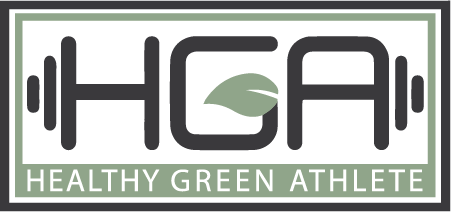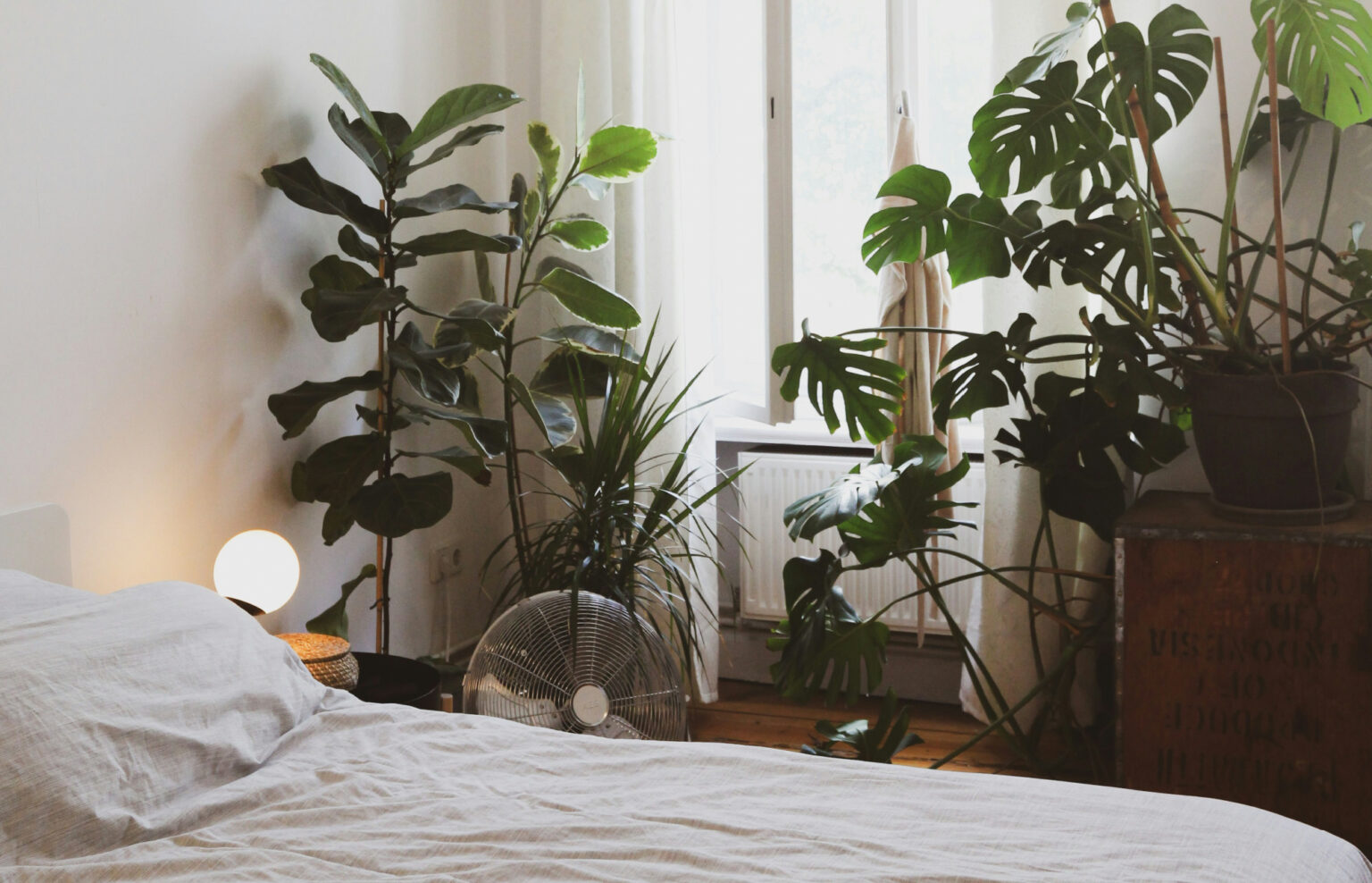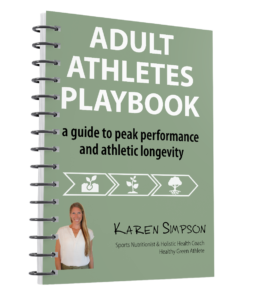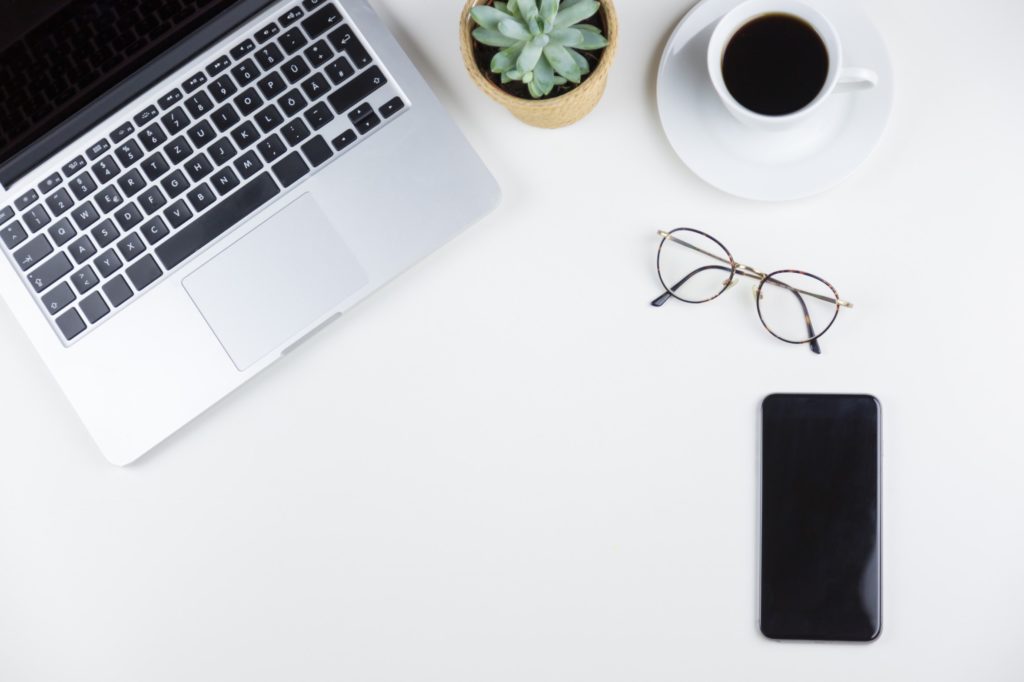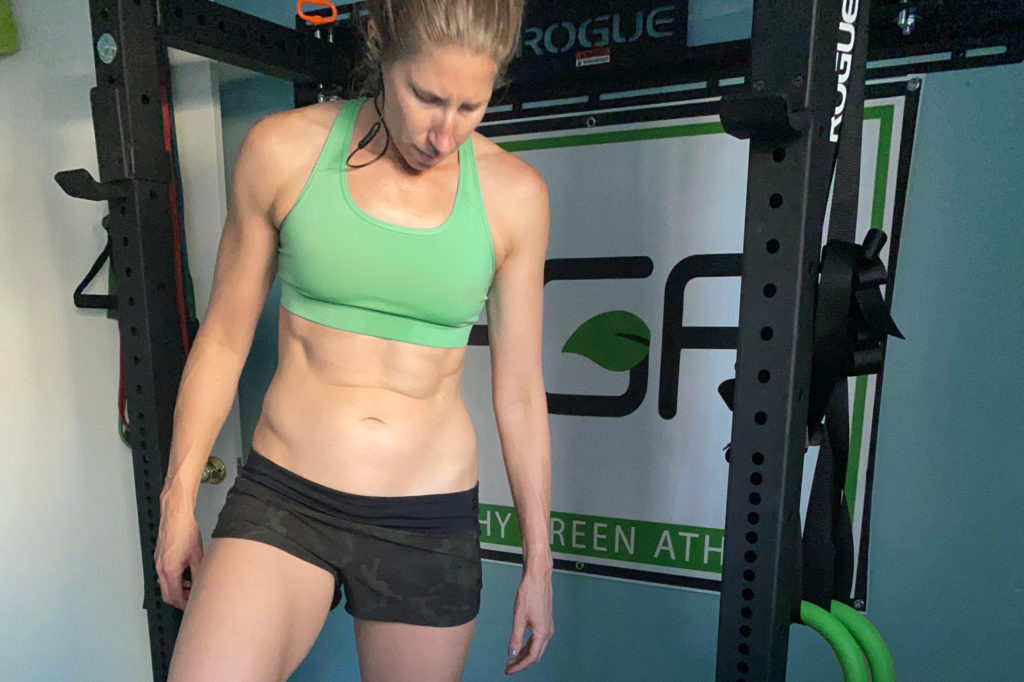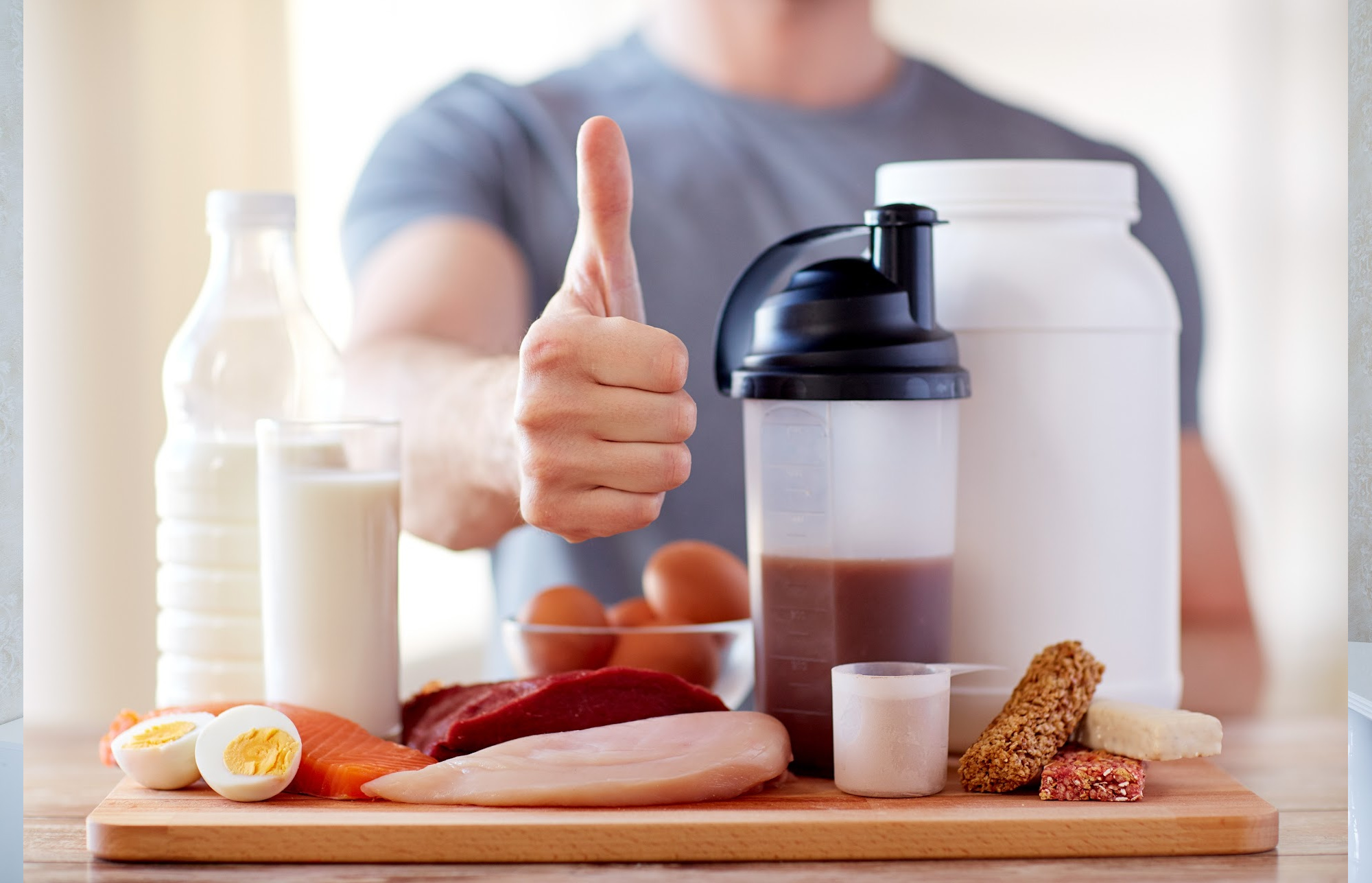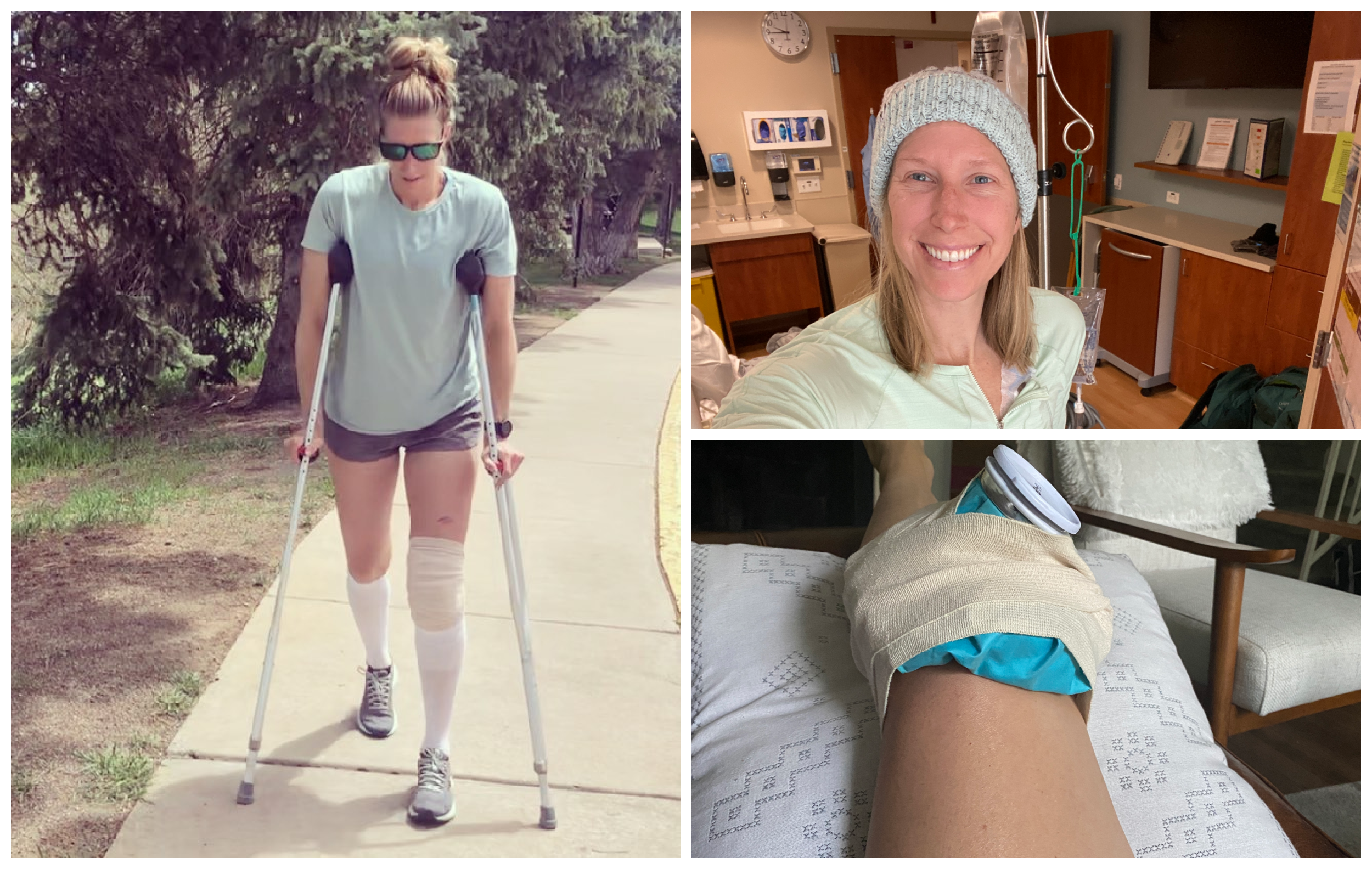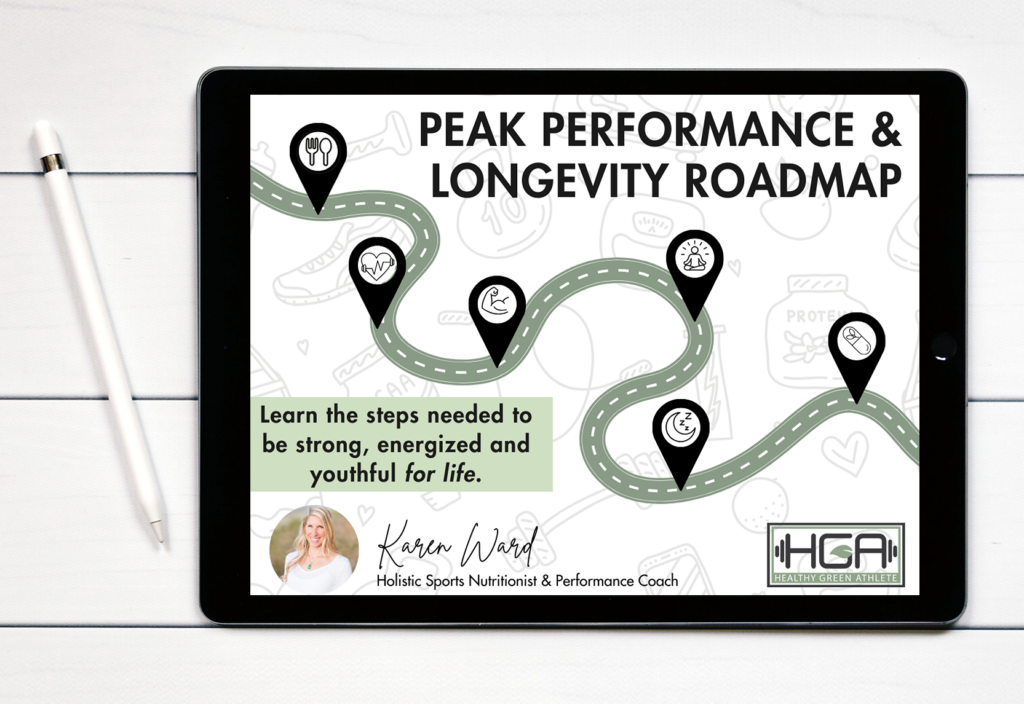Have you heard of sleepmaxxing? If you spend even five minutes scrolling TikTok’s wellness rabbit hole, you’ve probably seen it. It’s the latest trend where people “stack” every possible sleep tip, hack, and gadget in a quest for the perfect night’s rest. Think: blackout curtains, red light therapy, mouth taping, magnesium, blue light glasses, cold plunges, you name it.
Sounds great in theory, right? But does sleepmaxxing actually work—or is it just another social media fad?
In this post, I’m diving into what sleepmaxxing is, the science behind these so-called “sleep hacks,” and whether this extreme bedtime biohacking is worth your time (and money). Plus, I’ll share practical tips you can actually benefit from. Let’s go.
What Is Sleepmaxxing?
First things first: sleepmaxxing is a TikTok-born term that refers to stacking multiple sleep-enhancing habits, tools, and supplements all at once to maximize sleep quality. Picture a bedtime routine that includes:
- A consistent wind-down time
- No screens 2 hours before bed
- Red light bulbs in the bedroom
- Wearing blue light blocking glasses
- Magnesium, L-theanine, and glycine supplements
- Mouth taping
- Cold showers before bed
- Cooling bed systems
In other words, it’s taking every piece of sleep advice from the internet and doing it all at once.
While many of these habits are rooted in solid science, others are…questionable. And piling them on can sometimes backfire.
Why is Sleepmaxxing Trending on TikTok?
Let’s be honest, TikTok loves a “glow-up” moment. Sleepmaxxing fits perfectly into the self-improvement culture of routines, hacks, and productivity.
But beyond aesthetics, there’s real science showing why people should care about improving their sleep:
- Poor sleep is linked to increased risk of obesity, diabetes, heart disease, and mental health issues [1]
- Sleep impacts athletic performance, cognitive function, and even immune health [2]
- The CDC reports that 1 in 3 adults doesn’t get enough sleep [3]
No wonder people are turning to TikTok for solutions.
The Science Behind Sleepmaxxing (What Actually Works)
Here’s where we separate helpful habits from social media nonsense.
1. Circadian Rhythm Support
A consistent sleep-wake schedule is the foundation of good sleep. Your circadian rhythm, or internal body clock, controls the timing of sleep, hormone release, body temperature, and even digestion. Disruptions to this rhythm—like irregular bedtimes or social jetlag—can impair melatonin production, delay sleep onset, and reduce sleep quality [4].
Research shows that people who maintain regular sleep schedules fall asleep faster and experience more restorative sleep [4]. Even slight inconsistencies can cause “circadian misalignment,” leading to daytime fatigue and impaired cognitive function. While other sleepmaxxing hacks are trendy, this is the most evidence-backed and impactful place to start.
2. Light Management: Blue Light Blocking, Black Out Curtains, and Red Light Therapy
Exposure to blue light (from phones, tablets, and LED lighting) in the evening suppresses melatonin by tricking your brain into thinking it’s still daytime [5]. This can delay sleep onset and reduce sleep quality. Blue light blocking glasses and amber/red light bulbs help mitigate this effect by reducing the amount of stimulating light entering the eyes.
Studies have shown that using blue light blocking glasses in the evening can significantly improve sleep duration and quality [5]. Red light therapy, on the other hand, may help promote relaxation by mimicking the wavelengths of natural sunset light. This signals the body to wind down, making it easier to fall asleep naturally.
3. Supplements: Magnesium, GABA, L-Theanine & Glycine
Magnesium plays a crucial role in sleep by regulating GABA, a calming neurotransmitter that helps quiet the nervous system [6]. Supplementation has been linked to improvements in sleep efficiency, especially in individuals with insomnia. L-Theanine, an amino acid found in green tea, promotes relaxation without sedation by enhancing alpha brainwave activity, which is associated with a state of “calm focus” [7].
Glycine, another amino acid, helps lower core body temperature—an essential factor for initiating sleep [8]. Studies suggest that consuming glycine before bed can shorten sleep latency and improve overall sleep satisfaction. Together, these three supplements form a science-backed trio that supports both falling asleep and staying asleep.
4. Temperature Regulation (Cold Shower and Cooling Devices)
Your body’s core temperature naturally drops in the evening as part of the circadian process. A cooler environment enhances this temperature drop, promoting deeper and more restorative sleep [9]. Research consistently shows that bedroom temperatures between 60-67°F are ideal for sleep quality.
Pre-bedtime cold showers or warm baths (which paradoxically trigger cooling via peripheral vasodilation) can assist in lowering core body temperature. Advanced sleep gadgets like smart cooling mattress pads (e.g., Eight Sleep) actively regulate bed temperature through the night, reducing night sweats and minimizing sleep disturbances. This makes temperature control one of the most effective, yet underutilized, sleepmaxxing strategies.
5. Mouth Taping & Nasal Breathing
Nasal breathing is associated with improved oxygenation, nitric oxide production, and parasympathetic (rest-and-digest) activation [10]. Mouth breathing, on the other hand, can lead to snoring, dry mouth, and disrupted sleep cycles. The sleepmaxxing trend of mouth taping aims to encourage nasal breathing by physically preventing mouth opening during sleep.
While anecdotal evidence supports its benefits for certain individuals, rigorous clinical studies are limited. Caution is advised, especially for people with undiagnosed sleep apnea or nasal obstruction. Consulting a sleep specialist before trying mouth taping is essential to ensure safety.
The Downsides of Sleepmaxxing (When "Optimzing" Becomes an Obsession)
Here’s the kicker: trying to optimize sleep too much can lead to anxiety about sleep itself. This phenomenon is called orthosomnia—insomnia triggered by an obsession with sleep perfection [11].
When bedtime becomes a stressful checklist of hacks and gadgets, you might actually worsen your sleep quality. Plus, some methods promoted in sleepmaxxing videos (like extreme cold plunges right before bed) can be overstimulating.
Balance is key.
Sleepmaxxing: The Good, The Bad, & The Probably Could Do Without
| Bedtime Practice | Science-backed? | Price Range | Worth it? |
|---|---|---|---|
| Consistent Sleep Schedule | Strong Evidence | $0 | Yes, definitely. |
| Blue Light Blocking | Strong Evidence | $10 - $200 | Potentially. As long as they are tinted amber, orange or red |
| Black Out Curtains | Strong Evidence | $10 - $75 per panel | Yes, definitely. |
| Red Light Therapy | Emerging Evidence | $40 - $1,500+ | Potentially. Also offers other benefits (recovery, skin health, cognitive function, stress relief, etc.) |
| Magnesium & L-Theanine | Well-studied | $7 - $50 | Potentially. As long as they are high-quality supplements |
| Glycine | Emerging Evidence | $10 - $30 | Worth a try as long as it's a high-quality supplement |
| Cold exposure | Effective for some | $0 (cold shower) - $6,000 for cold plunge system session | Worth a try. Could be moderately helpful and could yield other benefits (cognitive function, skin health, higher energy levels, higher resilience to stress) |
| Mouth taping | Limited evidence | $3 - $60 | Maybe, maybe not. Use caution |
| Sleep trackers | Useful data, accuracy varies | $30 - $1,000 | Yes. Won't directly improve sleep, but can help to inform other choices |
| Bed cooling systems | Generally positive | $180 - $3,000 | Yes, if you can afford it. Can help increase REM and decrease the time it takes to fall asleep |
Practical Sleepmaxxing Tips That Won't Stress You Out
If you have a job that is dependent on how well you perform, then sleepmaxxing to the highest degree is going to benefit you. for example, if you’re a professional or elite athlete, then investing as much time and money you can in upgrading your sleep is going to give you a huge return. This is because getting a solid night’s sleep of 8-10 hours can improve performance by up to 20%.
But that’s not the case for everyone. Sure, sleep is important but if losing a few minutes isn’t going to impact your livelihood but you still want to feel good, here’s how to approach sleepmaxxing without going overboard:
1. Start simple.
Before diving into every sleep hack you see on TikTok, focus on the basics. Prioritize a consistent bedtime and wake time, a dark and quiet sleep environment, and limiting caffeine after noon. These foundational habits provide the greatest return on investment.
Adding too many variables at once makes it difficult to pinpoint what’s actually helping. By starting simple, you create a solid baseline to build from. Plus, simplifying your approach reduces the risk of becoming overwhelmed or anxious about your sleep routine.
2. Layer in One Hack at a Time.
Once your basics are dialed in, experiment by adding one new element every 1-2 weeks. Maybe it’s blue light blocking glasses, or a magnesium supplement. This allows you to notice subtle improvements (or setbacks) and adjust accordingly.
Trying everything at once can backfire, making it impossible to track what’s effective. You’ll also minimize the risk of overwhelming your nervous system with too many interventions. Slow, intentional layering turns sleepmaxxing into a sustainable practice rather than a stressful obsession.
3. Mind Your Mindset.
One of the biggest pitfalls of sleepmaxxing is letting it morph into sleep anxiety. Orthosomnia, or “perfectionist insomnia,” happens when people become so fixated on optimizing sleep that they ironically sleep worse [11]. Don’t let your sleep routine become a source of stress.
Focus on progress, not perfection. Aim to feel more rested and energetic, not to hit a perfect Oura ring score. Sleep should feel nourishing, not performative. A flexible mindset is key to long-term success.
4. Track Your Progress.
Data can be incredibly motivating when used wisely. Consider using a sleep tracker like an Oura Ring, Whoop Band, or even a simple sleep diary to monitor improvements. Look at trends over time rather than stressing about nightly fluctuations.
Tracking helps you correlate habits with outcomes—like realizing you sleep better after taking magnesium but worse after late-night screen time. This empowers you to make informed adjustments to your sleepmaxxing routine.
5. Stay Skeptical.
Not every sleep hack on TikTok is backed by science. Mouth taping, extreme cold plunges before bed, and overly complex supplement stacks can sometimes do more harm than good. Approach new trends with a critical eye.
Do your own research (Google Scholar is your friend) and consult healthcare professionals when in doubt. Remember: If it sounds too good to be true, it probably is. Staying skeptical helps you avoid falling for expensive gimmicks and keeps your focus on what truly works.
Practical Sleepmaxxing Tips That Won't Stress You Out
As a health coach and former insomniac due to medical menopause, I’ve tested a lot of these methods myself. I know what it’s like to literally want to try anything that will help me sleep. Well, anything natural that is. What really moved the needle for me was tinted blue light blocking glasses, a high-quality magnesium supplement, and a consistent sleep schedule. I’m usually in bed before 9pm and out of bed before 6am.
The fancy gadgets are fun, but they’re not magic. Consistency with the simple things may be just what you need.
If you’re curious about sleepmaxxing, go for it—but with intention. Start with evidence-backed basics, experiment with add-ons, and don’t let perfection become the enemy of progress.
Good sleep is a lifestyle, not a TikTok challenge.
Also read: Sleep Hacks for Busy People: How to Sleep Better with an Unpredictable Schedule
